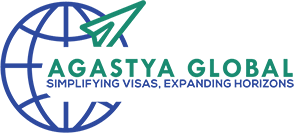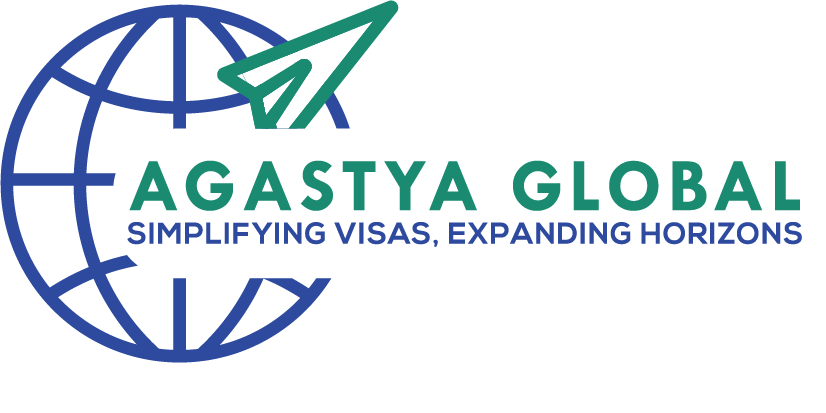The USA holds top spot as a global leader in economy with GDP above $28 trillion as of 2024. It has so much to offer to everyone and likewise it is the top choice for international students to pursue their higher studies there. Education in the US is well renowned for its high-quality, innovative curriculum and vibrant multicultural environment.
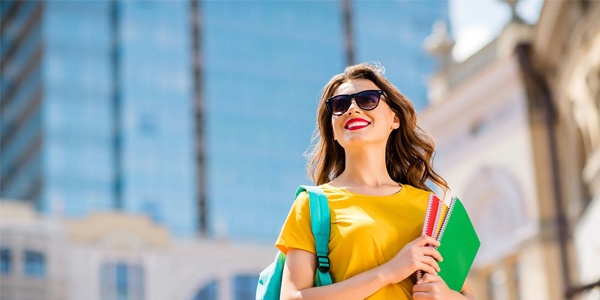
Attributes Making US the First Choice for International Students
- World Leader & Recognition : The U.S. is home to the most number of universities among top 100 in the QS world ranking and among that 10 of the top 20 universities in the world are from the US. Degrees from the US carry excellent international reputation and opens a world of opportunities for students.
- Diverse Options : With over 5,000 higher education institutions, US offers opportunities to study top-ranked academic programs from undergraduate studies to PhD level.
- Flexible Education System : US universities offer a wide variety of courses which are not available any place else. They also offer flexibility in choosing their subject of choice as stream change is accepted with proper justification. Students can choose their major in second year of their bachelor’s so they have almost a year to take a call and it is very crucial as it paves the way for future.
- Research and Training : The U.S. is pioneer in research and development spending and student can avail opportunities to take part in research and innovation at the US universities. They are way ahead in terms of technology and research which provides students with opportunities to work alongside eminent faculties.
- Multicultural Experience : American universities offer a vibrant student life and almost all of them have international students which encourages an understanding to know about various cultures across the globe by interacting with diverse group od people. This fosters lifelong friendships and community engagement.
- Career Prospects : US universities regularly hold career fairs and the international student department also assist in making them job-ready. Apart from academics, emphasize is put on students to learn the art of crafting cover letters, building robust resumes, taking part in networking and industry events. Though the programs are aligned with industry needs, universities assist in getting the students practical experience through internships and affiliated training programs. This approach is reflected in the solid employability rates of graduates in the US.
- Support for International Students : US Universities have departments to look after the wellbeing of international students. They organize orientation programs, English language classes, provide guidelines on maintaining visa status and can assist in employment opportunities. International students have the liberty to stay bac after their studies to gain work experience and may also get work-visas.
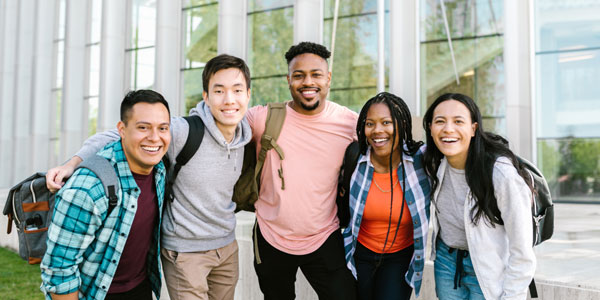
Intakes available for USA Student Visa
- Intake 1 :- Autumn/Fall (Starts in August/September – is a Major intake) – All the universities are open and provide most number of seats for programs run by them.
- Intake 2 :- Spring (Starts in January) – Comparatively minor to the above, still a lot of university are open and do offer specialized courses as well.
- Intake 3 :– Summer (Starts in May) – Fewer universities are open and program choices are also limited however the competition is less which increase chances of admission.
US Student Visa
The United States government offers three student visa types including F, J, and M. While F1 and J1 visas allow for the possibility of employment in the US during international students’ stay, the M1 Visa does not. Students need to be familiar with these types of visas, as it impacts their financing while in the USA and they should be aware of application and compliance processes.
F1 is the most common of all, it is a non-immigrant visa that allows international students to enter the US and study at institutions certified by the Student and Exchange Visitor Program (SEVP).
J1 visa is basically the Exchange Visitor (J) non-immigrant visa category is for individuals approved to participate in work-and study-based exchange visitor programs.
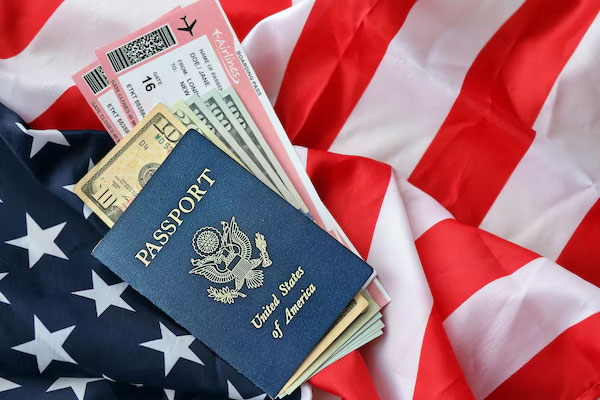
With an M-1 student visa, a foreign student can study full-time at a technical, vocational, or other nonacademic program in the United States.
F1 Visa – This is the most common type of visa used by international students who want to study in the United States. This visa can be used to study at University, College, Schools (Private Elementary of High School), Conservatory or other academic institutions including language training programs.
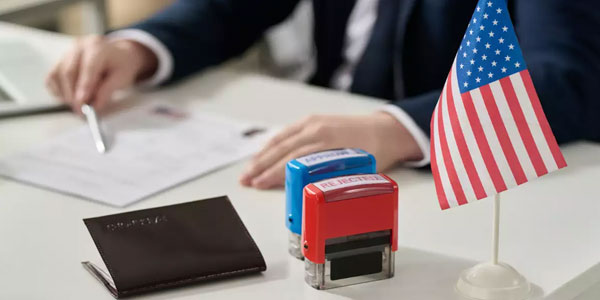
Student Acceptance at a SEVP Approved School
The first step to studying in the United States is to apply to a SEVP-approved school in the United States. If the SEVP-approved school accepts enrollment, students will be registered for the Student and Exchange Visitor Information System (SEVIS) and must pay the SEVIS I-901 fee. The SEVP-approved school will issue a Form I-20. After students receive the Form I-20 and register in SEVIS, they can apply at a U.S. Embassy or Consulate for a student (F or M) visa. They must present the Form I-20 to the consular officer when they attend their visa interview.
